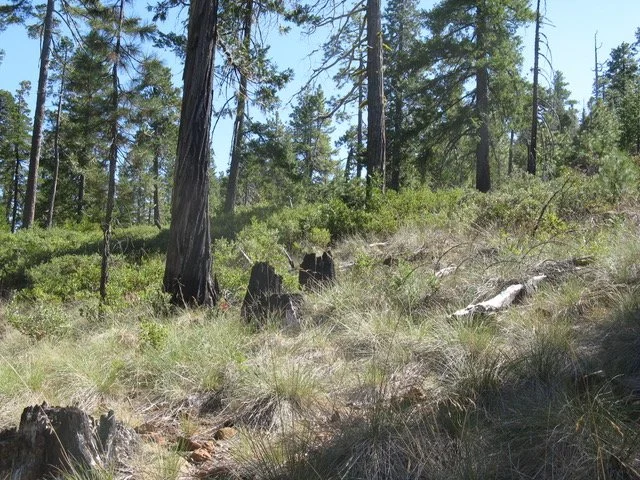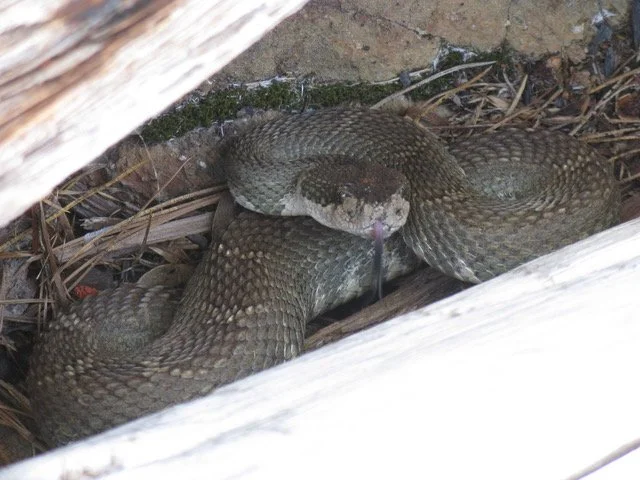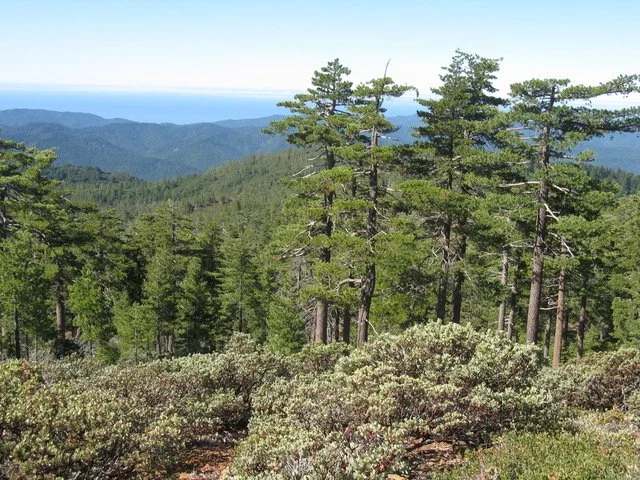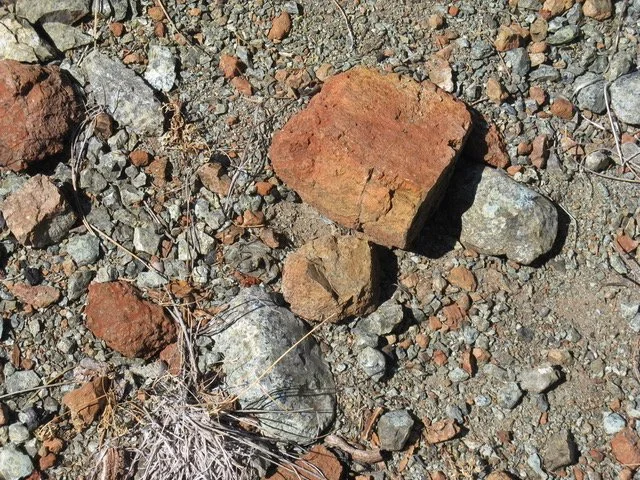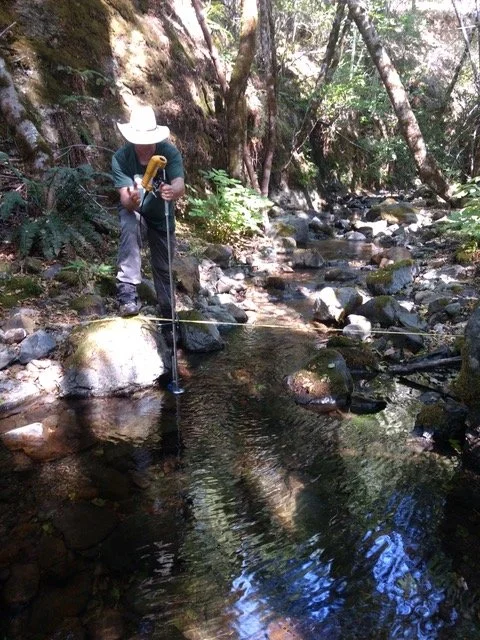Red Mountain, September 13-15, 2019
A typical view of plant life on Red Mountain: native bunch grass, incense cedar, Jeffrey pine, manzanita. The mountain is surrounded by the usual Douglas fir and hardwood forest of the north coast interior.
Wildlife is scarce on Red Mountain, as the plant life doesn’t support many species.
View toward Usal on the coast from the rolling summit plateau.
Early morning fog spilling over from the East Branch of the South Fork into the mainstem Eel drainage.
Not volcanic, instead brought up from the deep ocean: serpentinite rock, which creates the unusual vegetation of Red Mountain.
The group hiked cross country to Cedar Creek to investigate why this watershed contributes so much water to the East Branch of the South Fork, probably related to the unusual geology. Here Bryan McFadin from the State Water Boards takes measurements of depth and velocity to determine streamflow.
The route in was a little more rigorous than they anticipated. They hope to return for further investigation.
